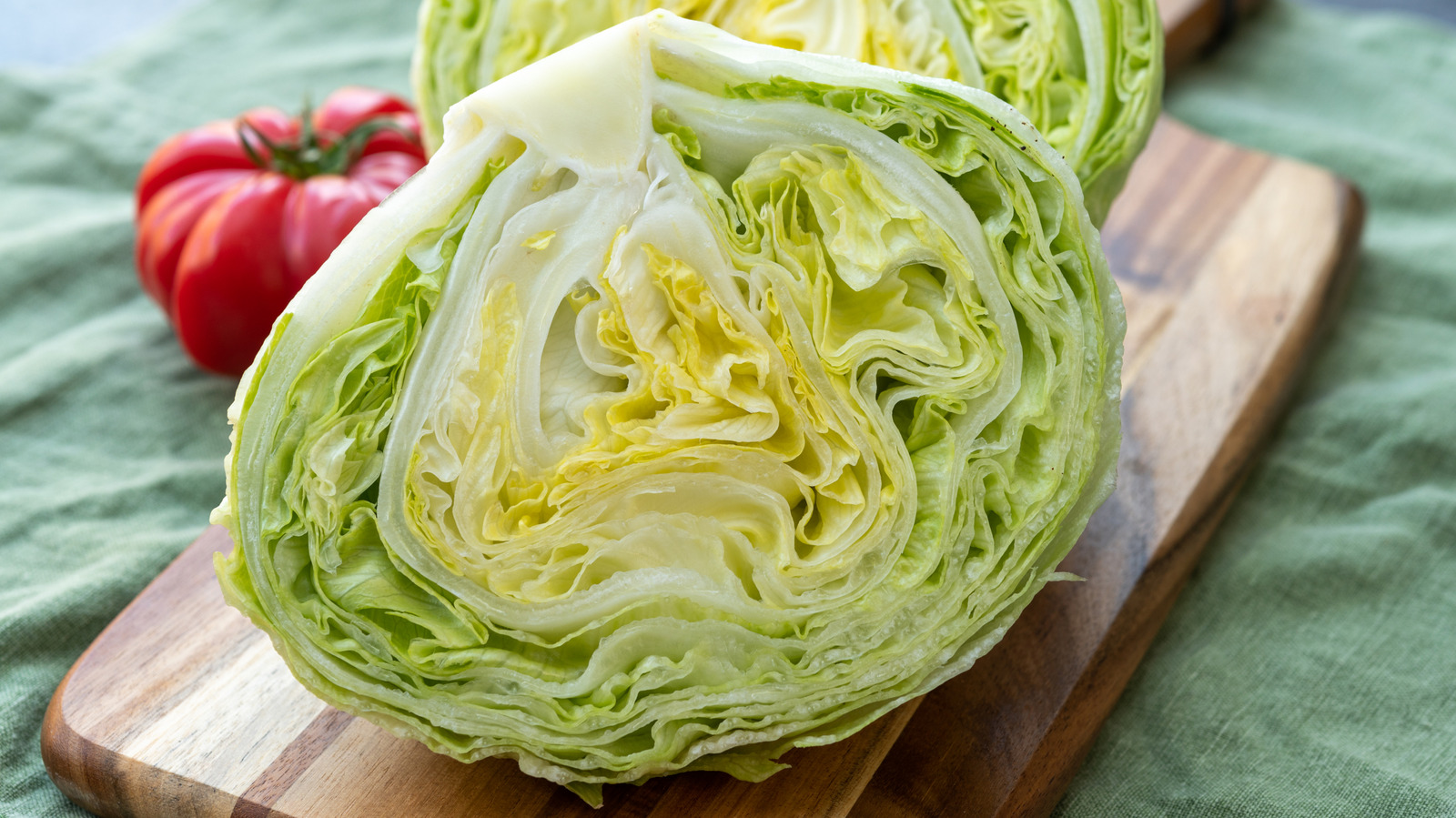
"Iceberg lettuce needs no introduction. Its light crunch and slight sweetness make the ideal neutral base for any salad. Occasionally, it's a little boring, overused, and uninspiring. In all honesty, it's the lettuce we forget to hate. Even criticism is gently cushioned as iceberg is often dubbed as " the one salad you might want to reconsider ordering at a restaurant.""
"Things were set to change, though, and within the next few decades, slowly but surely, it began to grip the nation. Most importantly, producers shifted from leaf to head lettuce to extend the growth window and widen profit margins. The movement quickly established an epicenter in California's Salinas Valley. The final nail in the coffin (or, perhaps, vegetable drawer) was the mass launch of refrigerators in the 1930s. By the 1950s, the news was everywhere: iceberg lettuce was the star of America's fanciest salads."
Iceberg lettuce rose from a 19th-century luxury to a mid-20th-century American staple. Farmers shifted from leaf to head varieties to extend harvest windows and increase profits, concentrating production in California's Salinas Valley. Widespread household refrigeration in the 1930s enabled longer storage and broader distribution, cementing iceberg's prominence by the 1950s. The lettuce served as a base for coleslaw, garden salads, and upscale recipes. Over time, iceberg's mild flavor and ubiquity led to perceptions of blandness and decline in culinary prestige, though it remains a common, crunchy neutral salad green.
Read at Tasting Table
Unable to calculate read time
Collection
[
|
...
]